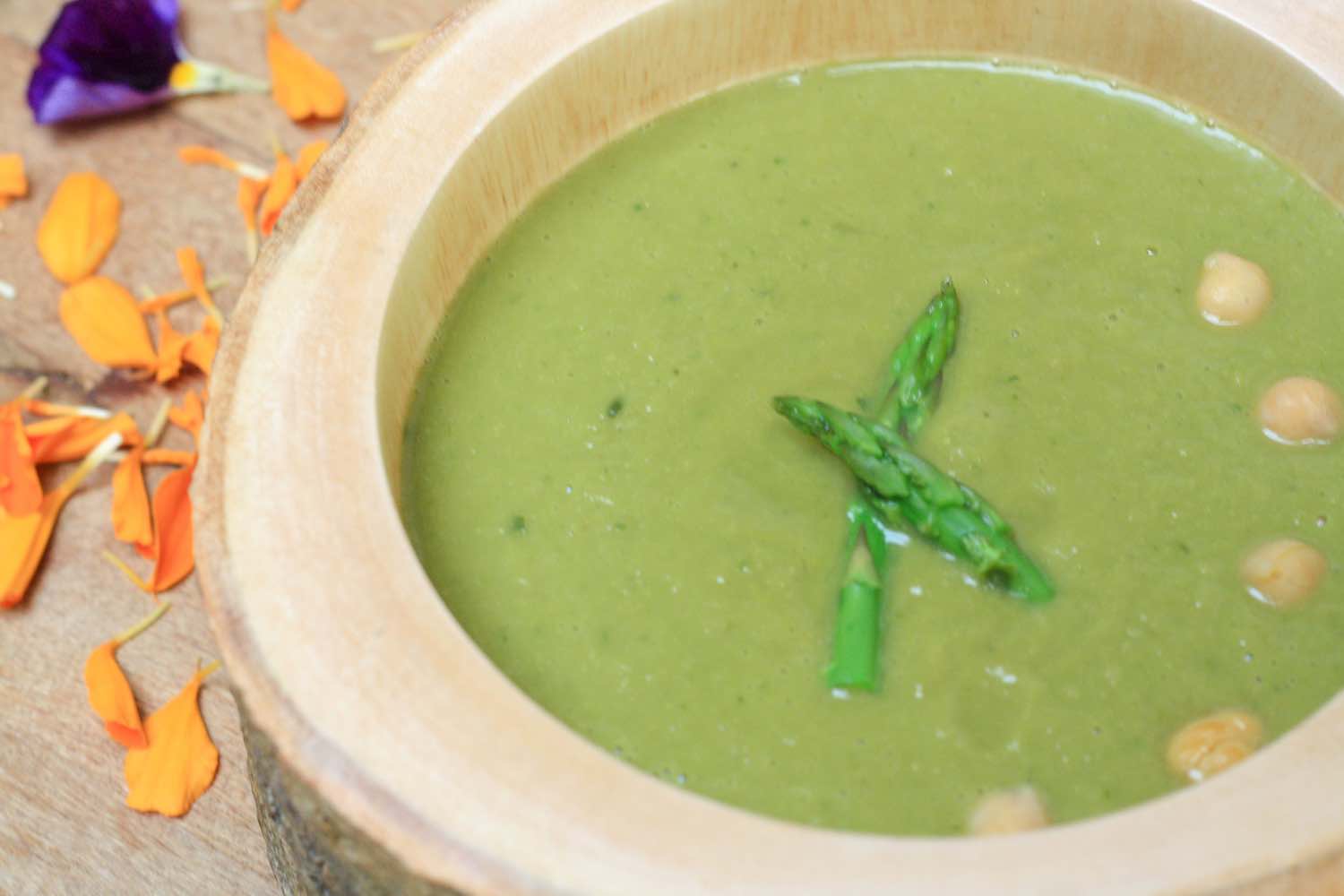It’s hard right now. My kids need to play outside. Their teachers recognized the twitchy legs or the foggy gazes and took the whole lot of them outdoors to play multiple times a day. It’s built into the school schedule, and smart teachers have read up on the research that more recess breaks creates more effective learning.
While I typically spend less time than my guys outside, I know that when I get outside, even for a few minutes, I’m happier and more productive. And right now, it would be amazing to feel even a little bit happier and more productive. Here’s how I’m using time outside to keep us well.
Why We Still Need to Head Outdoors
Researchers have found that getting out into nature has a multitude of benefits: preventing illness, reducing stress, and promoting well-being. Now, more than ever, we need the benefits of spending time outside.
In a study of regular smokers, researchers found that simply looking at pictures of nature reduced the number of cigarettes smoked when compared to viewing urban scenes. Living near green spaces is associated with lowered risk of obesity, cardiovascular disease, and reduced mental distress. Current events have left many of us feeling uncertain and anxious. Using nature as a stress relief will help maintain physical and mental well-being, benefiting our families and communities.
How Much Time for the Most Benefit?
We want to heed the calls to “flatten the curve” and reduce our exposure to others. So, how much time do we need to spend outdoors to reap the benefits? A 2019 study examined the amount of recreational time spent outdoors (at parks and beaches, in the countryside and woods) and self-reported physical health and life satisfaction. The benefits to health and happiness started to accrue at 120 minutes. Two hours a week. And the benefits accrued whether the time spent outside included physical activity or not. No need to break a sweat to reap a reward according to this study, and the 120 minutes didn’t need to be consecutive to add up to big rewards. Benefits peaked at durations of 200 to 300 minutes a week.
Creative Ways to Play Outside
A 20-minute walk most days of the week would get you to 120 minutes with limited exposure, and we’ll be walking daily. But there are a multitude of other ways to add up those minutes within the safety of your own environment. From your own yard, patio, or balcony, you can:
- watch the sunrise or sunset, bundle up, and observe the stars or moonrise.
- relax with a great book in a chair or hammock, adding a cozy blanket or cup of tea for maximum comfort.
- practice your nature photography skills, perhaps choosing a particular subject to document daily for an entire month.
- take up plein air painting or sketching.
- join your kids and decorate your sidewalks, driveway, or patio with chalk art.
- create mandalas from rocks, leaves, flowers, twigs, etc.
- contribute to scientific research, and sign up to track bees, butterflies, or migratory birds.
- practice your knitting, crochet, pottery, or music-making outdoors.
- dine alfresco, and prepare or enjoy your meals outdoors, especially as the weather begins to warm up during spring.
- take your yoga or meditation practices outside.
- create an outdoor altar and leave small offerings daily.
- blow bubbles for your kids or pets to chase, or to make your neighbors smile.
- practice earthing by walking barefoot in your yard.
- learn something new and study astronomy, meteorology, or botany, focusing on what you can easily observe from your own environment
- set up targets, and attempt to improve your aim with water guns or a tennis ball.
- plant something in pots, or sow seeds directly into the earth and tend to them.
- focus on the maintenance of the exterior of your home: weeding, washing windows, touching up paint, sweeping walkways, etc.
- take your workouts outside and lift weights, practice your tabatas, or HIIT in the open air.
- go on an adventure and set up camp in your own yard.
- create a nature loom and weave grasses and flowers into an evolving creation.
- look differently: use a pocket microscope or a magnifying glass to observe the textures of nature up close.
- find a comfortable place to sit and make a phone call, reaping the benefits of being outside while connecting with your people.
Commit to spending a few more minutes outside this week and see what you notice. Do you feel a little refreshed, a little clearer? Let the community know in the comments if you try something from this list or if you’ve got other creative ideas for being outdoors.
















One reply on “Creative Ways to Get Outside While Social Distancing”
These are such great ideas! Just the other day I was walking home from the grocery story, and there was a rainbow that some children had chalked onto the side walk. It made my day. Then I saw a man conducting what looked like “school” with a pre-school aged child, complete with her little child size Fisher-Price-like desk and all. Both made me feel such joy. I didn’t realize, until then, how rare that once was in my neighborhood.